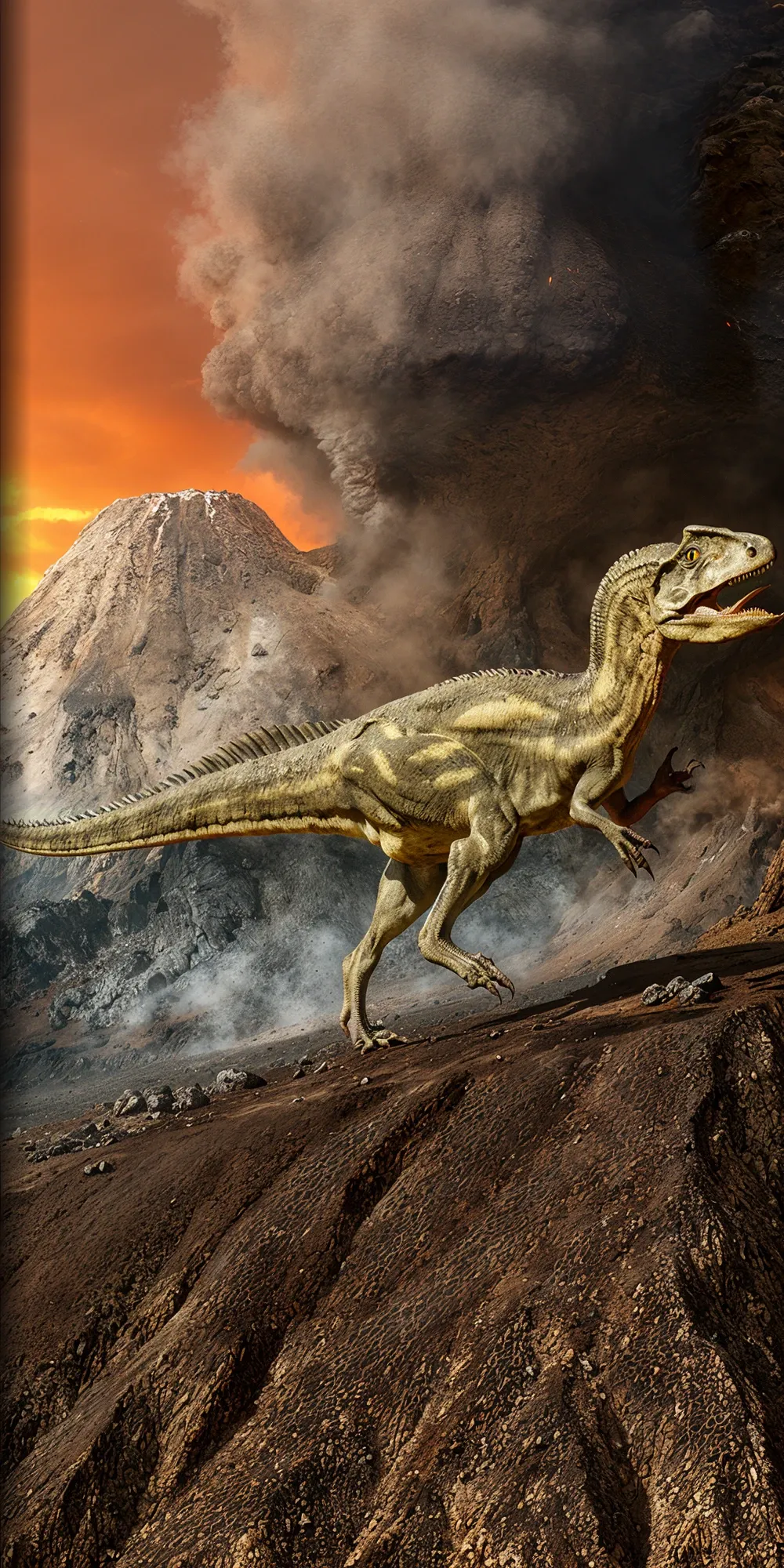The Neovenator
Neovenator, also known as the "New Hunter," was a large theropod dinosaur that lived during the Early Cretaceous period. It had a streamlined body, powerful legs, sharp claws, and a large skull filled with rows of sharp teeth. Neovenator likely hunted other dinosaurs and was a fierce predator in its ecosystem.

| Neovenator | |
|---|---|
| Size | Around 25 feet (7.6 meters) |
| Weight | 2,200 pounds (1000 kilograms) |
| Speed | 25-30mph (40-48km/h) |
| Key Strength | Powerful hind limbs for hunting |
| Biggest Weakness | Relatively smaller arms |
| Scientific Name | Neovenator salerii |
| Family | Neovenatoridae |
| Habitat | Terrestrial |
| Geography | Europe |
| Diet | Carnivore |
| Lifespan | 30 years - 40 years |

The Neovenator
Neovenator, also known as the "New Hunter," was a large theropod dinosaur that lived during the Early Cretaceous period. It had a streamlined body, powerful legs, sharp claws, and a large skull filled with rows of sharp teeth. Neovenator likely hunted other dinosaurs and was a fierce predator in its ecosystem.
Fun Fact: Neovenator had a unique serrated thumb claw, which may have been used to capture and hold its prey while hunting.
| Neovenator | |
|---|---|
| Size | Around 25 feet (7.6 meters) |
| Weight | 2,200 pounds (1000 kilograms) |
| Speed | 25-30mph (40-48km/h) |
| Key Strength | Powerful hind limbs for hunting |
| Biggest Weakness | Relatively smaller arms |
| Scientific Name | Neovenator salerii |
| Family | Neovenatoridae |
| Habitat | Terrestrial |
| Geography | Europe |
| Diet | Carnivore |
| Lifespan | 30 years - 40 years |
Neovenator Matchups
We use AI to simulate matchups between the Neovenator and other animals. Our simulation considers size, strength, and natural predatory behaviors to determine the most likely outcome.
Neovenator: Diet, Predators, Aggression, and Defensive Behaviors
What did Neovenators eat?
Neovenators were carnivorous predators, meaning they primarily fed on other animals. Fossils suggested that they hunted small to medium-sized dinosaurs, as well as other animals that were available in their ecosystem. Their diet likely consisted of herbivorous dinosaurs and smaller reptiles or mammals.
Did Neovenators have any predators?
As apex predators themselves, Neovenators were likely not preyed upon by other animals in their environment. However, newly-hatched or juvenile Neovenators may have been vulnerable to larger predators such as adult members of their own species, or even larger carnivorous dinosaurs.
Were Neovenators aggressive?
Neovenators were apex predators and would have been aggressive towards potential prey. They were likely to exhibit aggressive behavior during hunting, mating, and territorial disputes. However, there is no definitive evidence to suggest that they were more aggressive than other carnivorous dinosaurs of their time.
Did Neovenators fight?
Neovenators likely engaged in combat with each other during territorial disputes or competition for mates. This behavior is common among predators and would have been crucial for establishing dominance within their social structure. Fossil evidence of injuries consistent with combat has been found in some specimens of Neovenator.
How did Neovenators defend themselves?
Neovenators likely used their sharp teeth and claws as their primary means of defense. They would have been swift and agile predators, capable of outmaneuvering potential threats. In addition, their strong hind limbs and muscular tail could have been used in defense against attackers or rival predators.
What was Neovenators' biggest weakness in a fight?
Despite their predatory nature and formidable defensive capabilities, Neovenators would have had limitations in size and strength compared to some of the larger carnivorous dinosaurs of their time. This would have made them vulnerable in confrontations with larger or more powerful predators, especially if they were outnumbered or outmatched in size.
Fun Fact: The arms of Neovenator were relatively short compared to its body size, indicating that it relied primarily on its powerful legs and jaws for hunting and catching prey.
Fun Fact: Neovenator is believed to have had excellent vision, allowing it to spot its prey from a distance and pursue them with precision.










